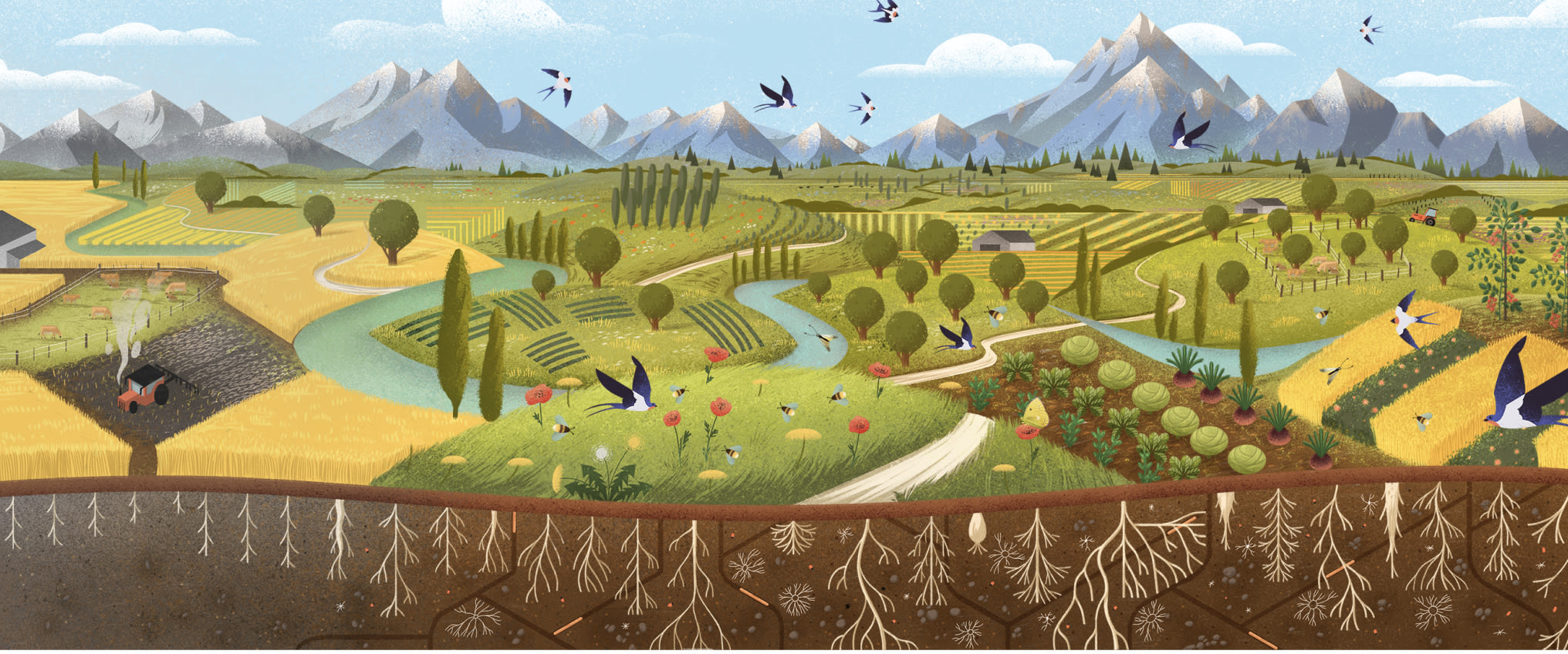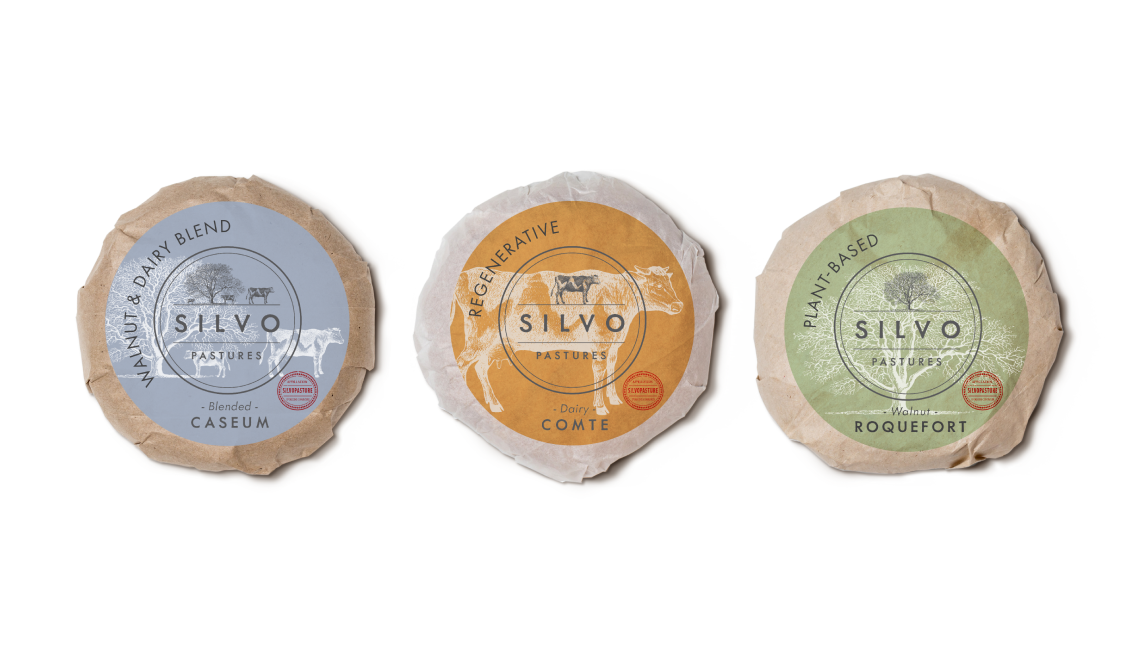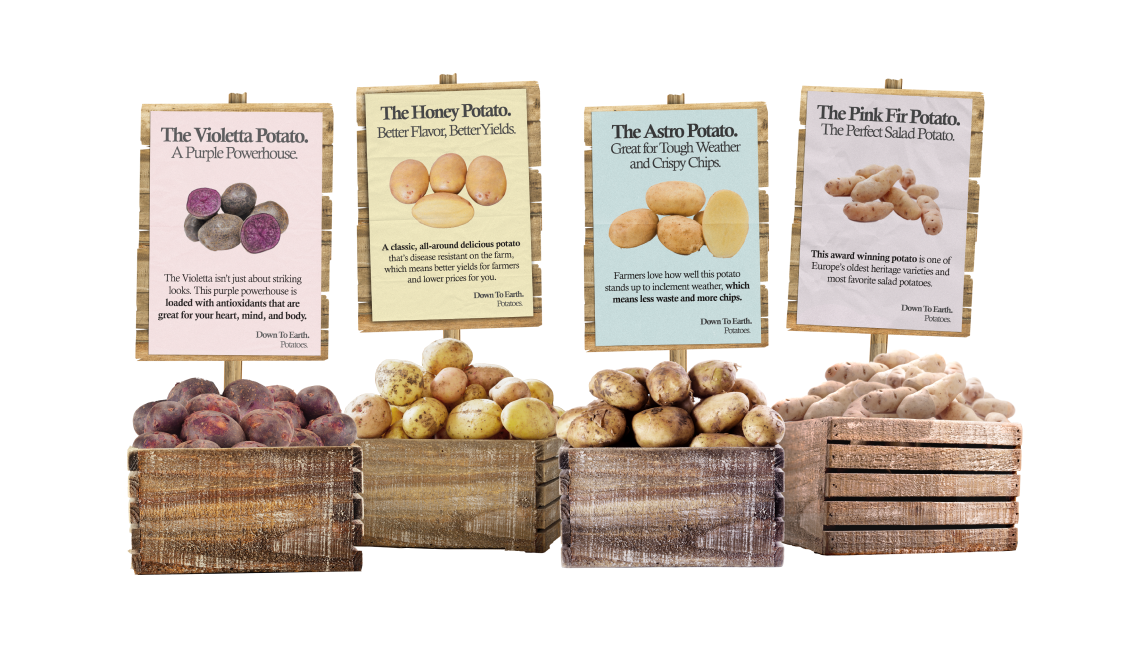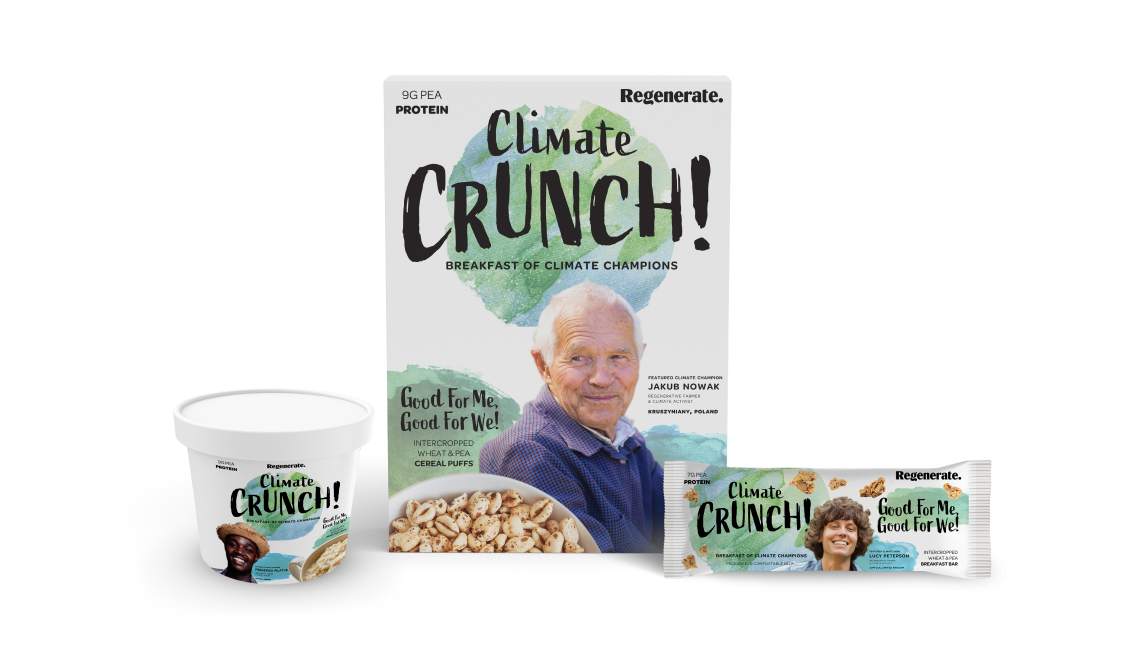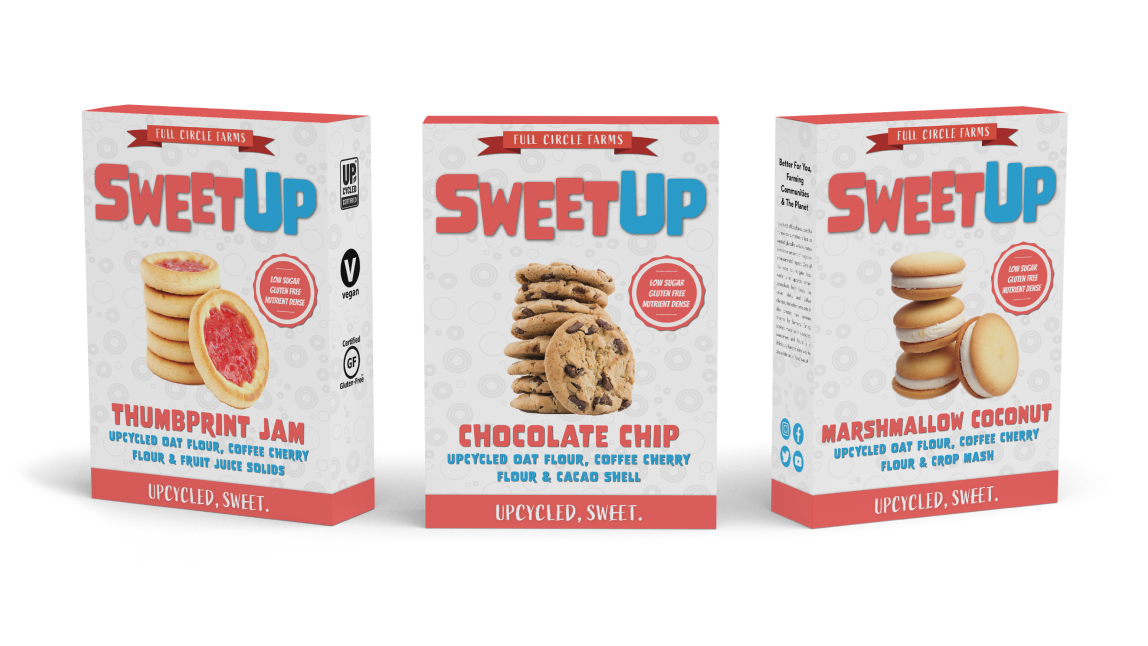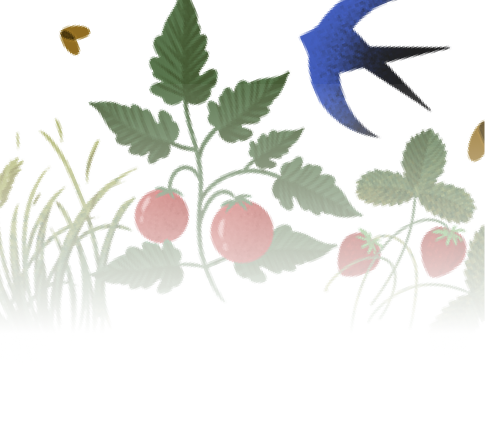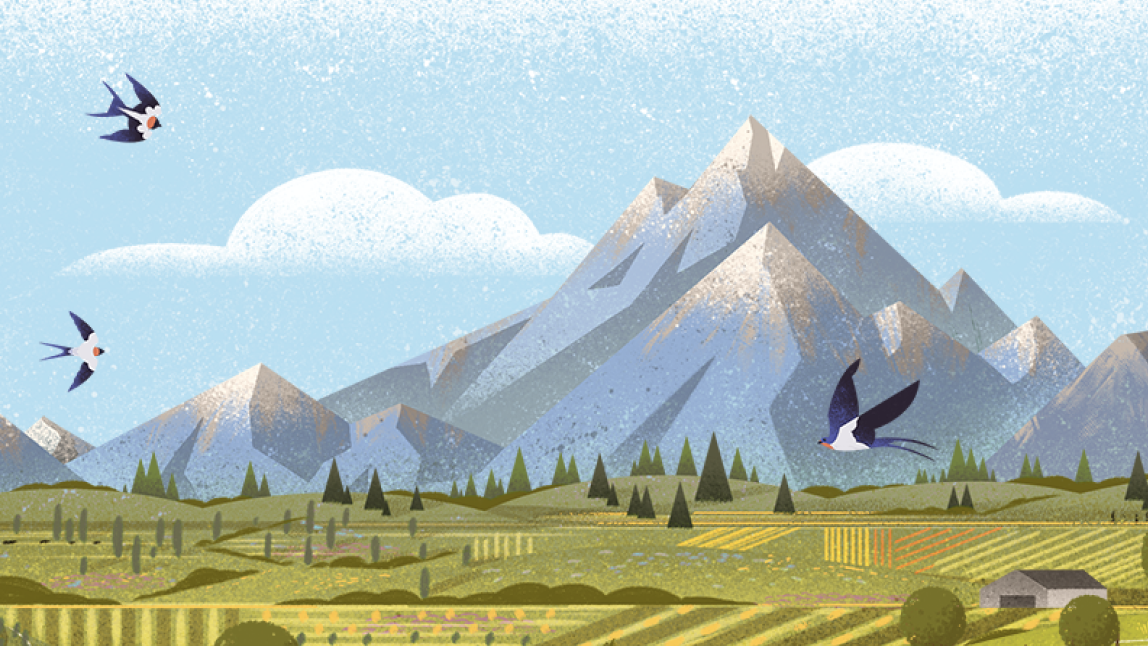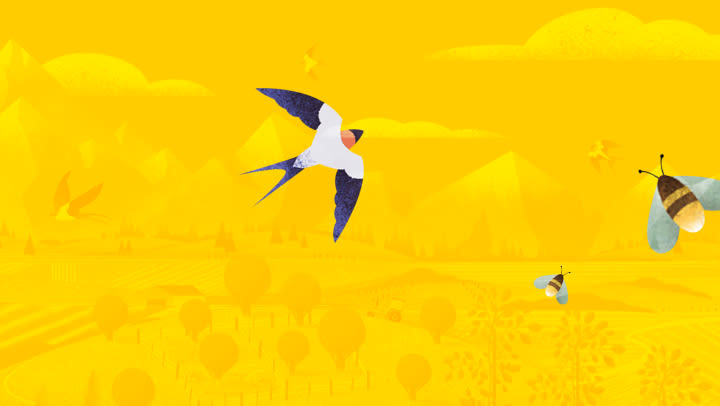What if food could build biodiversity and tackle climate change?
Fast moving consumer goods companies (FMCGs) and retailers have the power to make nature-positive food that’s good for farmers and business mainstream.
Leading FMCGs and retailers have substantial influence on the food system. In the EU and UK, for example, 40% of agricultural land is influenced by the top 10 FMCGs and retailers. Many of these players are currently part of the problem, but given their size and influence they can be, and need to be, part of the solution.
FMCGs and retailers design what we eat – how it looks, how it tastes, and how good it is for us and for nature. Combining the principles of circular economycircular economyA systems solution framework that tackles global challenges like climate change, biodiversity loss, waste, and pollution. It is based on three principles, driven by design: eliminate waste and pollution, circulate products and materials (at their highest value), and regenerate nature. with food design, they can design food for nature to thrive.
Rather than bending nature to produce food, food can be designed for nature to thrive
By rethinking the ingredients they use and how they're produced, they can provide choices that are better for customers, better for farmers, and better for the environment.
Today, just four crops provide 60% of the world’s calories, while many ingredients that could be used instead and have a lower impact are rarely used. A nature-positive food system requires a more diverse mix of plants and livestock and a better understanding of local contexts to function effectively.
Major FMCGs and retailers can catalyse this shift in the mix of crops and livestock at scale and pace by creating the demand for diverse ingredients, which most often means fundamentally redesigning their food product portfolios.
To do this, food designers can use the principles of the circular economy and apply them across all dimensions of food design, from product concept, through ingredient selection and sourcing, to packaging. This is circular design for food:
Circular Design for Food Framework

A future food system that's good for people, farmers, nature, and business
The big food redesign, shows that combining four ingredient selection and sourcing opportunities unlocks substantial environmental, economic, and yield benefits. It shows that circular design for food – which involves fundamentally redesigning product portfolios to use all the diverse food outputs of a nature-positive food system – offers significantly greater benefits than using the same ingredients as today, but sourcing them better through regenerative productionregenerative productionRegenerative production provides food and materials in ways that support positive outcomes for nature, which include but are not limited to: healthy and stable soils, improved local biodiversity, improved air and water quality..
Circular design for food offers significantly greater benefits than better sourcing alone*
*On average for three modelled ingredients (per harvest for wheat and potatoes, and per year for dairy) in the UK and EU.
FMCGs and retailers can take five actions to bring nature-positive food products into the mainstream
Create ambitious and well-resourced action plans to make nature-positive product portfolios a reality
Create a new collaborative dynamic with farmers
Develop iconic products to showcase the potential of circular design for food
Contribute to and use common on-farm metrics and definitions
Advocate for policies that support a nature-positive food system
Concept foods from a nature-positive future
The big food redesign study
This study looks at the role fast-moving consumer goods companies (FMCGs) and food retailers can play to move us towards a food system with significant positive impacts for business, people, and the environment. It explores the ways in which food products can be designed in closer collaboration with farmers, for nature. It also investigates the crucial enabling role of policies and incentives.
Download
To quote the study, please use the following reference: Ellen MacArthur Foundation, The big food redesign: Regenerating nature with the circular economy (2021).
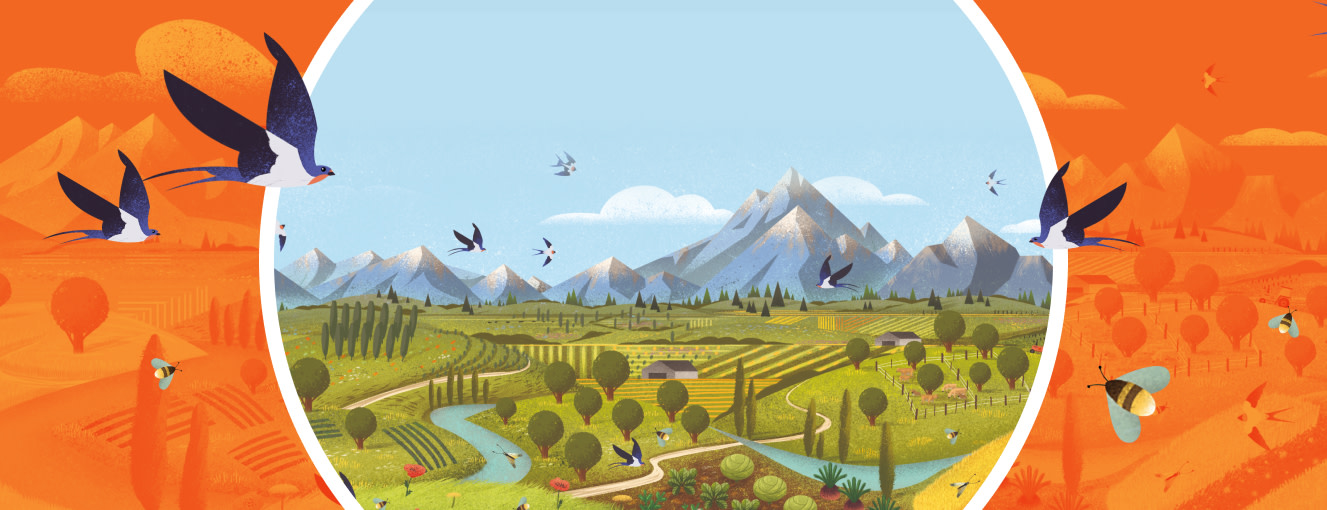
The Big Food Redesign Challenge
A food system that allows nature to thrive is not just possible — it’s already happening. Explore the Big Food Redesign Challenge, created in partnership with the Sustainable Food Trust.
